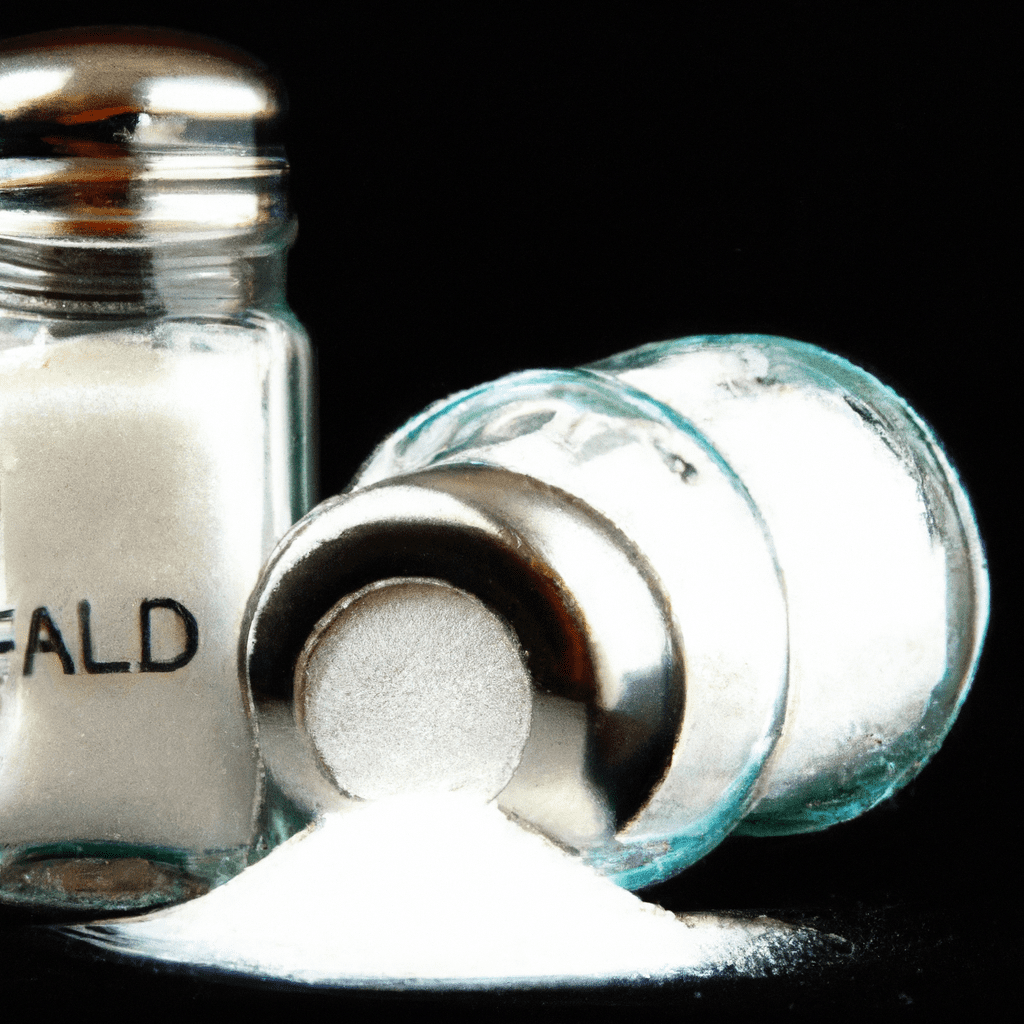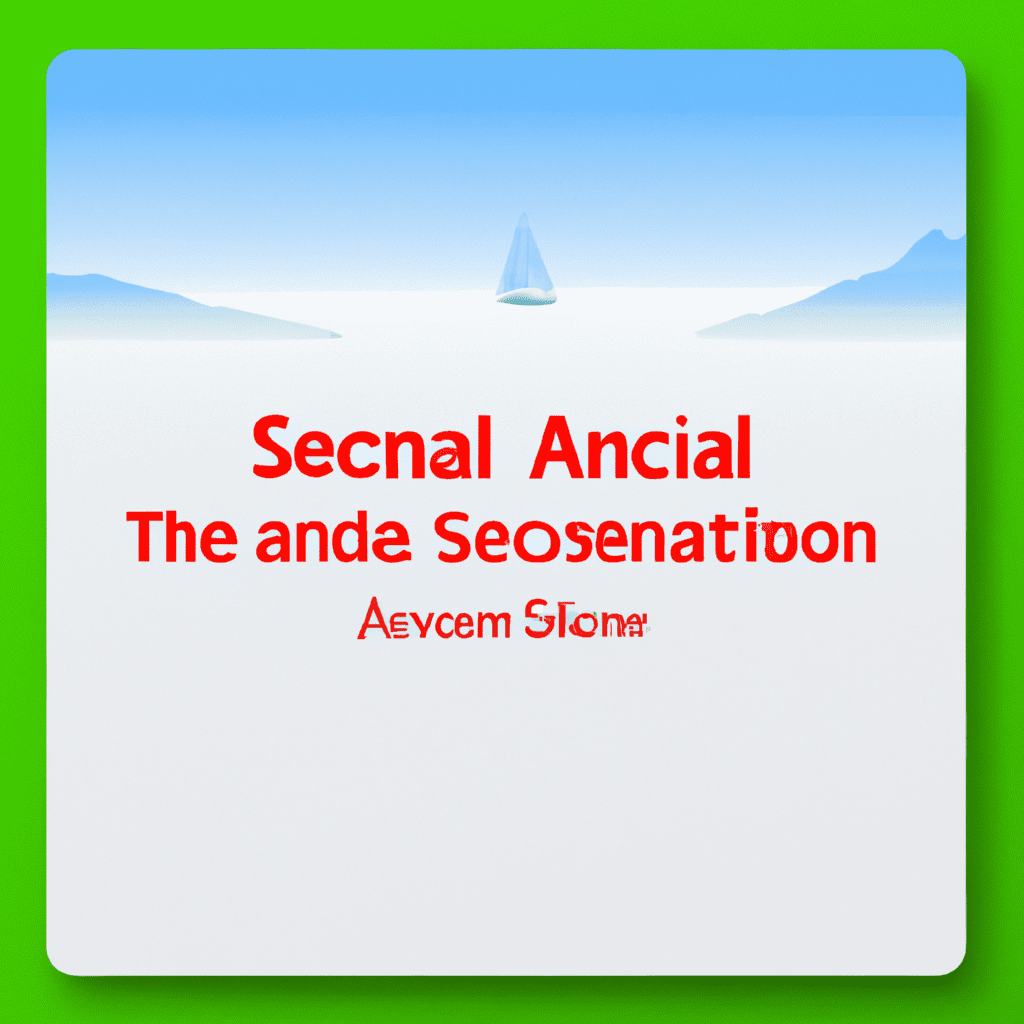Title: Shake Up Your Health: Why Low Sodium Salt Substitutes are Still Struggling to Gain Ground in the City – Shlok’s Automation
Introduction
Salt is one of the most popular seasonings used around the world. It enhances the flavor of meals, helps our bodies perform essential functions, and even plays a crucial role in food preservation. However, despite its many benefits, too much sodium can lead to serious health problems such as high blood pressure and heart disease. That’s why health-conscious individuals and dieticians have been advocating for the use of low sodium salt substitutes. But it seems this healthy alternative is yet to gain widespread acceptance in urban areas. Why is this the case? Let’s delve deeper and find out.
The Promise of Low Sodium Salt Substitutes
Low sodium salt substitutes are designed to mimic the flavor of regular salt but with a significantly lowered sodium content. Potassium chloride is a common ingredient, offering a similar salty taste but with a fraction of the sodium. These substitutes have been lauded as a potential solution for those struggling to reduce their sodium intake. With the rising health consciousness, one would expect these products to be flying off the shelves. However, their reception in cities has been lukewarm at best.
There are several reasons for this. First is the issue of taste. While low sodium salt substitutes can provide a similar taste to regular salt, they can’t completely replicate it. Some people find the taste of potassium chloride to be bitter or metallic, making it less appealing. Second, there’s the issue of cost. Low sodium salt substitutes are often more expensive than regular table salt, which can discourage cost-conscious consumers.
Health Perceptions and Accessibility
Another factor hindering the adoption of low sodium salt substitutes is the general perception of their health benefits. Despite the clear advantage of reduced sodium intake, some people are still skeptical about the health benefits of these alternatives. This skepticism is fueled by misconceptions and lack of awareness about the dangers of excessive sodium consumption.
Furthermore, accessibility is a significant hurdle. Although low sodium salt substitutes are available in most supermarkets, they are not as readily accessible as regular salt. They are often placed in the ‘special diet’ sections, which are not frequently visited by most shoppers. This lack of visibility contributes to the slow uptake of these products in cities.
Overcoming the Barriers
To increase the adoption of low sodium salt substitutes, there needs to be a concerted effort from manufacturers, health professionals, and governments. Manufacturers need to work on improving the taste and reducing the cost of these products. Health professionals should continue educating the public about the dangers of excessive sodium and the benefits of low sodium substitutes. Governments can play a role by incentivizing the production and purchase of these products, and perhaps even legislating their use in food industries.
Conclusion
While the uptake of low sodium salt substitutes in cities has been slow, there is still hope. As awareness about the harmful effects of excessive sodium consumption continues to grow, and as these products continue to improve, it is likely that more city dwellers will start making the switch. After all, the potential health benefits are too significant to ignore. So, next time you are at the grocery store, why not give low sodium salt substitutes a try? You might find that they are a perfect addition to your health-conscious lifestyle.
Anurag Dhole is a seasoned journalist and content writer with a passion for delivering timely, accurate, and engaging stories. With over 8 years of experience in digital media, she covers a wide range of topics—from breaking news and politics to business insights and cultural trends. Jane's writing style blends clarity with depth, aiming to inform and inspire readers in a fast-paced media landscape. When she’s not chasing stories, she’s likely reading investigative features or exploring local cafés for her next writing spot.






